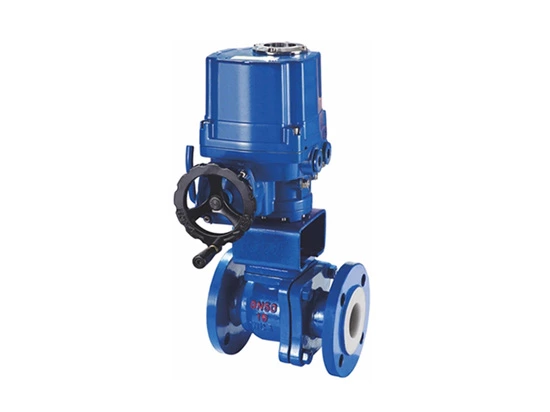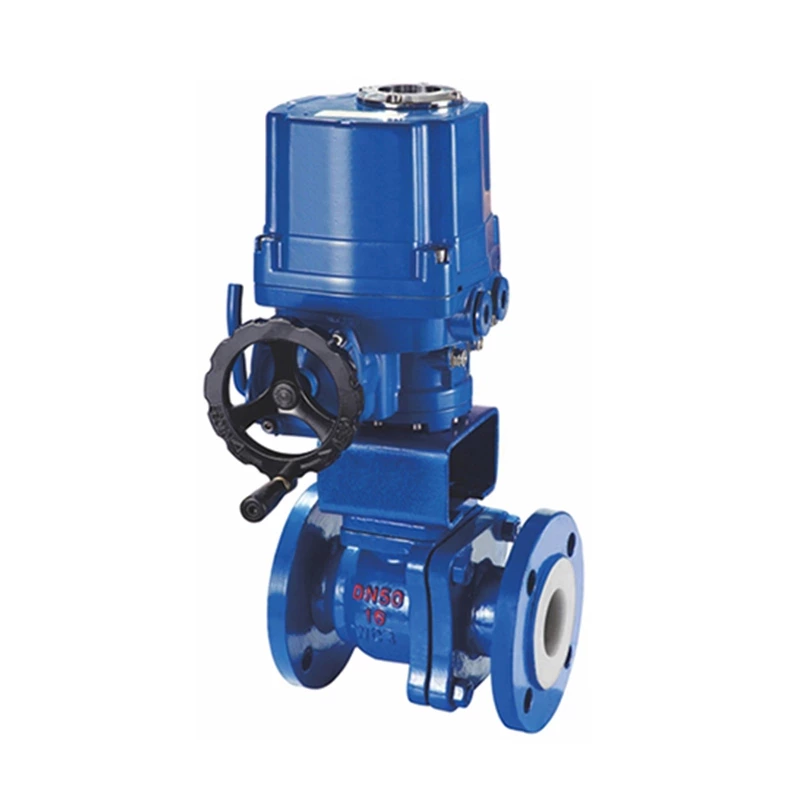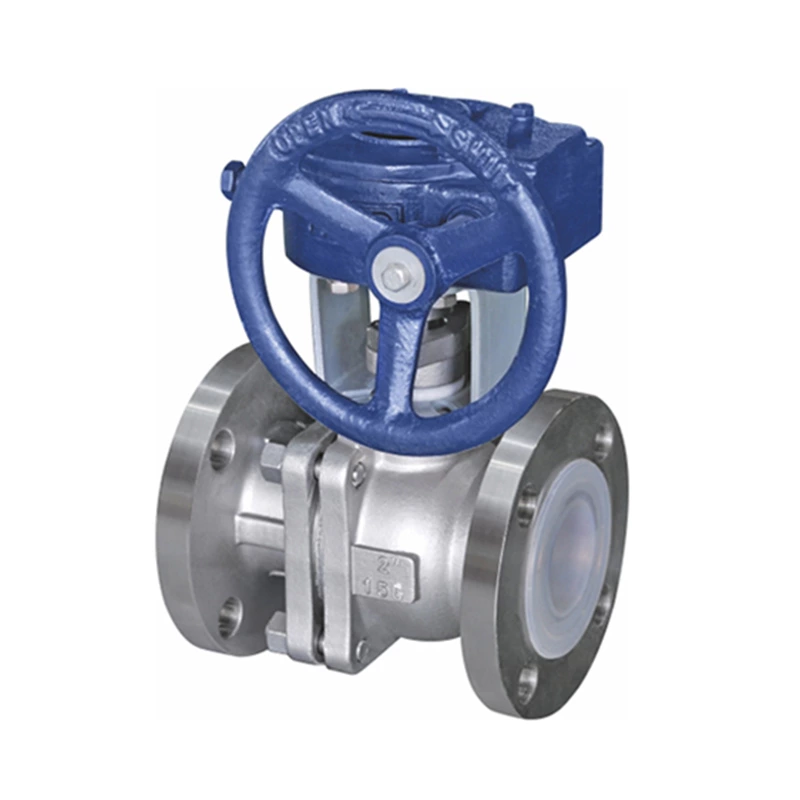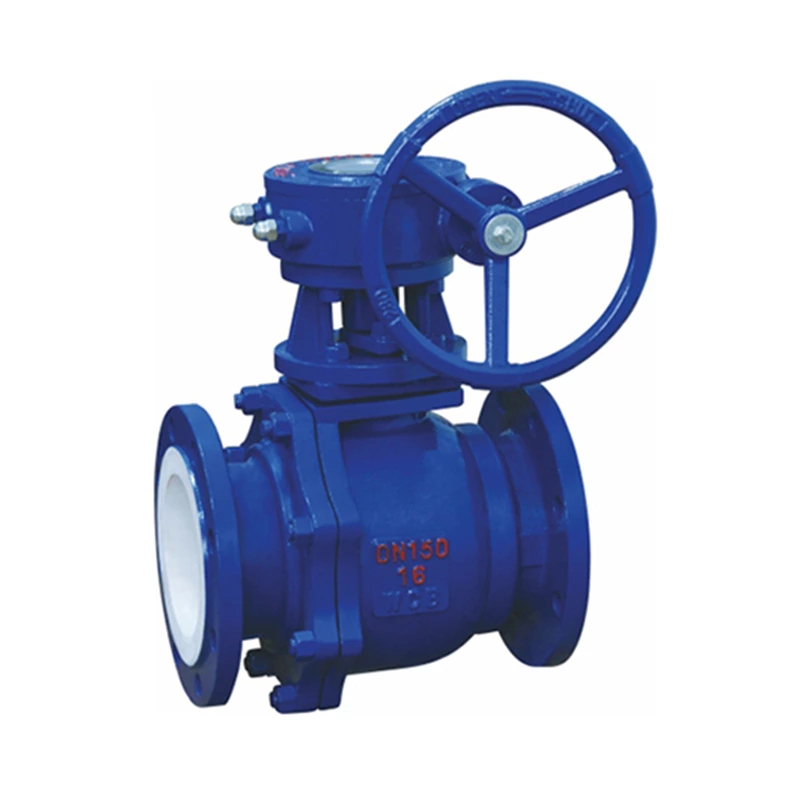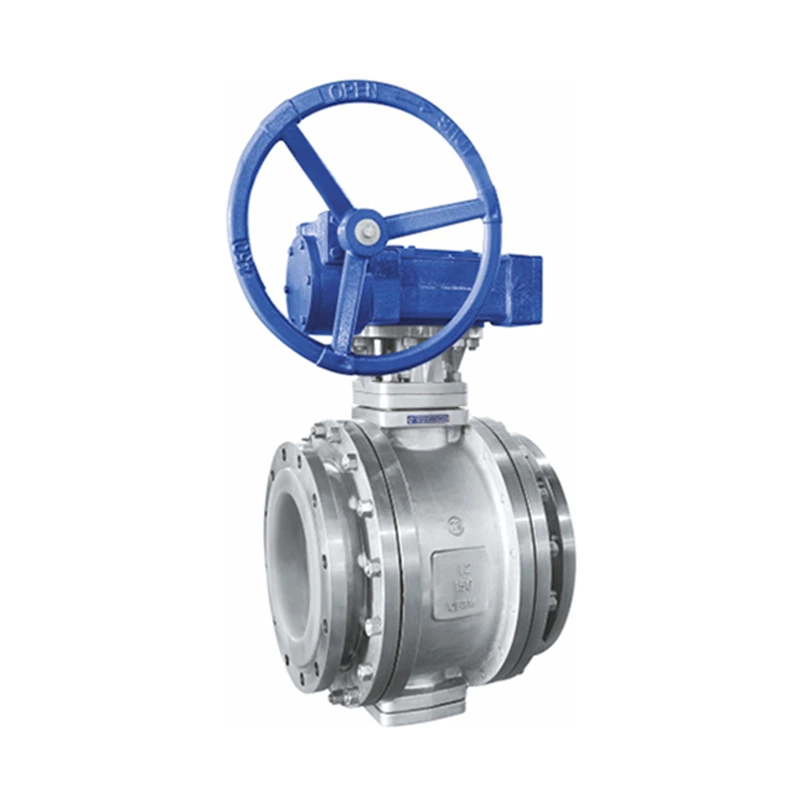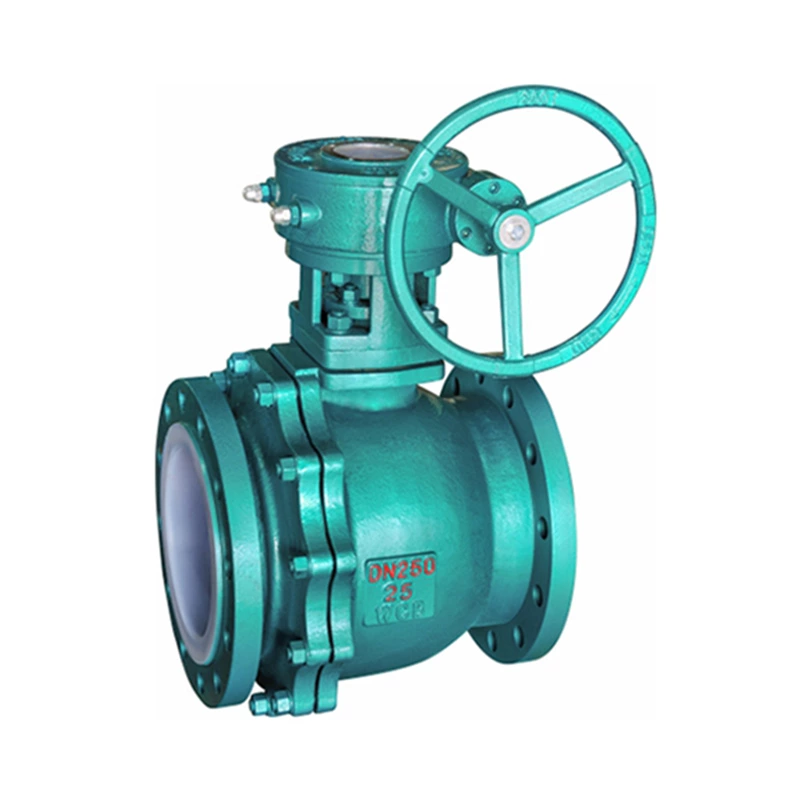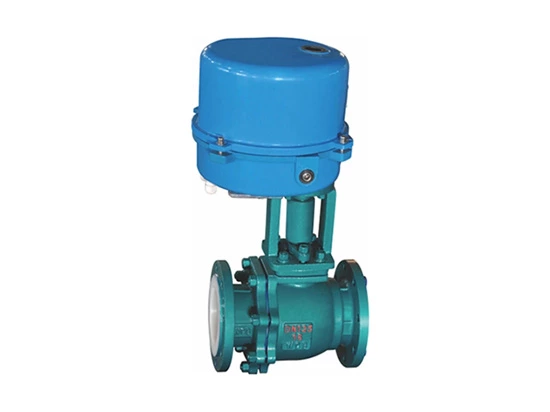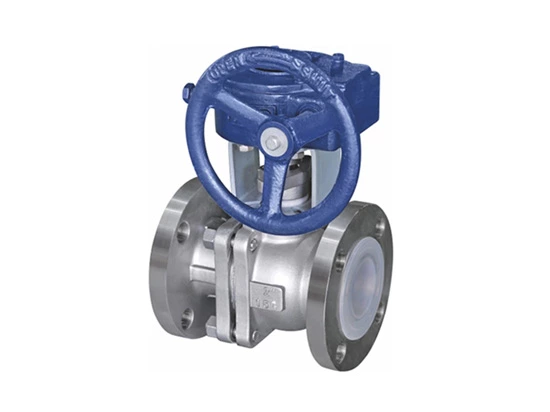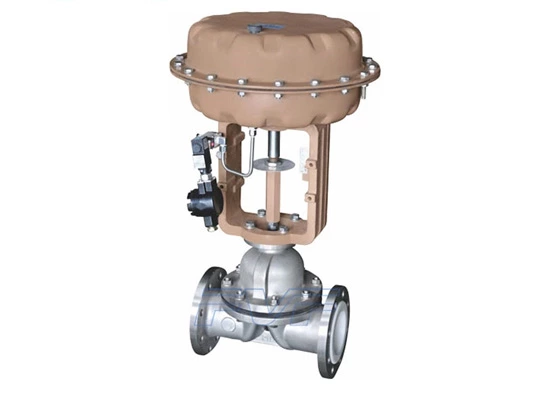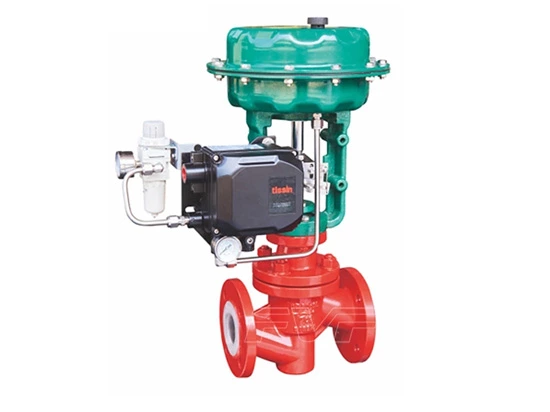Classification Of Discharge Valves, Structure Of Discharge Ball Valves, And Application Of Discharge Ball Valves
The discharge valve is mainly used for bottom discharge, discharge, sampling and dead zone-free shut-off operation of reactors, storage tanks and other containers.
Mainly divided into: upper expansion discharge valve, lower expansion discharge valve, Lined Ball Valve. Suitable for corrosive media. The upper expansion type is used for discharge of reactors with agitators (except frame anchor type); while the lower expansion type and plunger type are used for discharge of reactors with frame anchor agitators. The sealing surface is made of erosion-resistant and corrosion-resistant materials, and is specially treated to make the surface hardness reach HRC48~52. It has high wear resistance and corrosion resistance, ensuring the sealing reliability of the valve. The upper expansion discharge valve is opened when the valve disc moves upward. When opening, the valve needs to overcome the force of the medium, and the opening torque is larger than the closing torque. The lower expansion type and plunger type discharge valve are opened when the valve disc (plunger) moves downward. The movement direction is the same as the medium force when opening, so the opening torque is smaller than the closing torque.
FQ41F fluorine-lined discharge ball valve adopts fluoroplastic lining technology. The valve body is made of investment casting with high strength and smooth appearance. All the flow-through parts in contact with the liquid are made of fluoroplastic. Therefore, it can be used for a long time in the range of -50℃~180℃ for various concentrations of aqua regia, sulfuric acid, hydrochloric acid, hydrofluoric acid and various organic acids, strong acids and strong oxidants. FEP is also suitable for use in pipelines of various concentrations of strong alkali organic solvents and other corrosive gases and liquid media.
